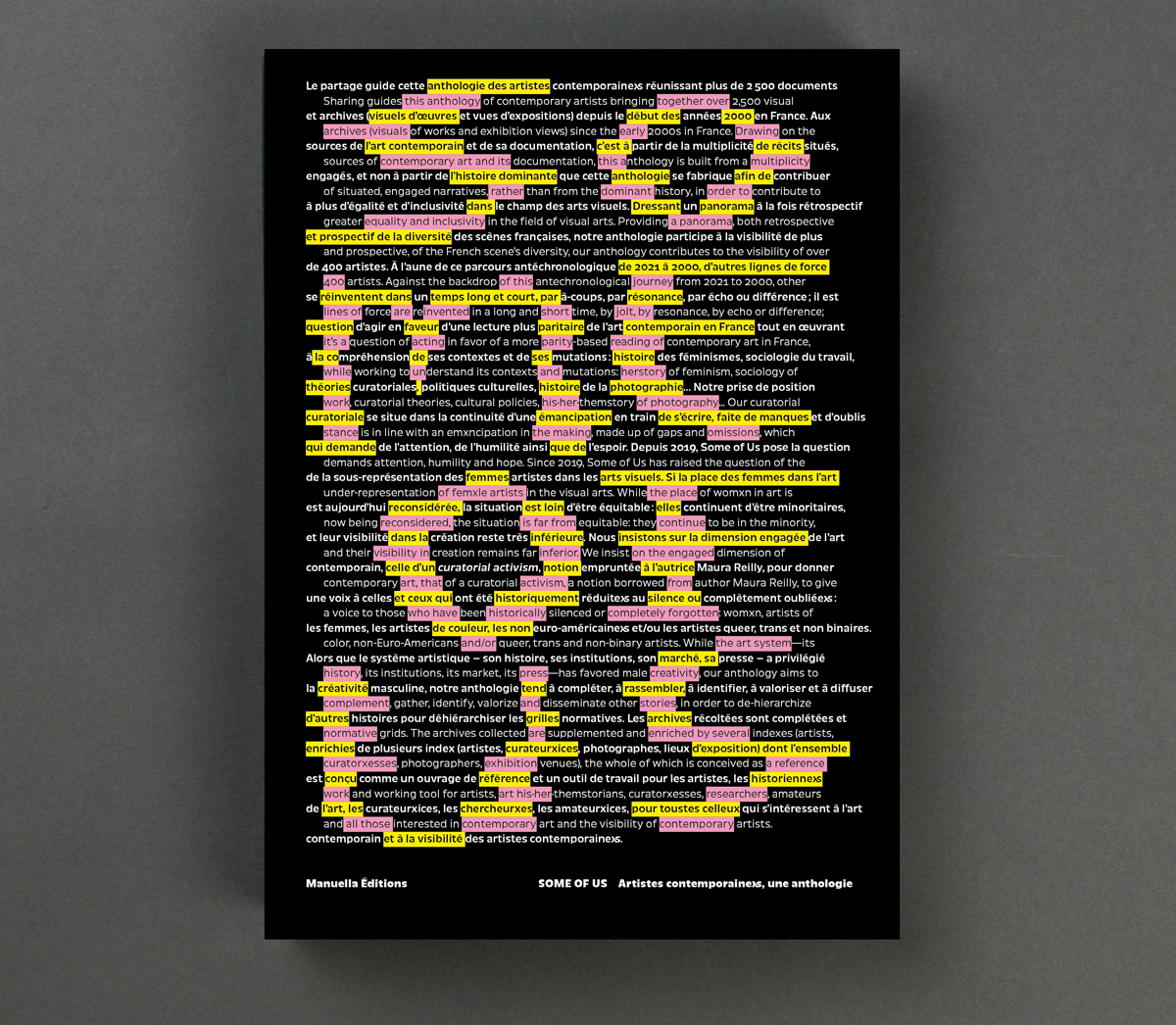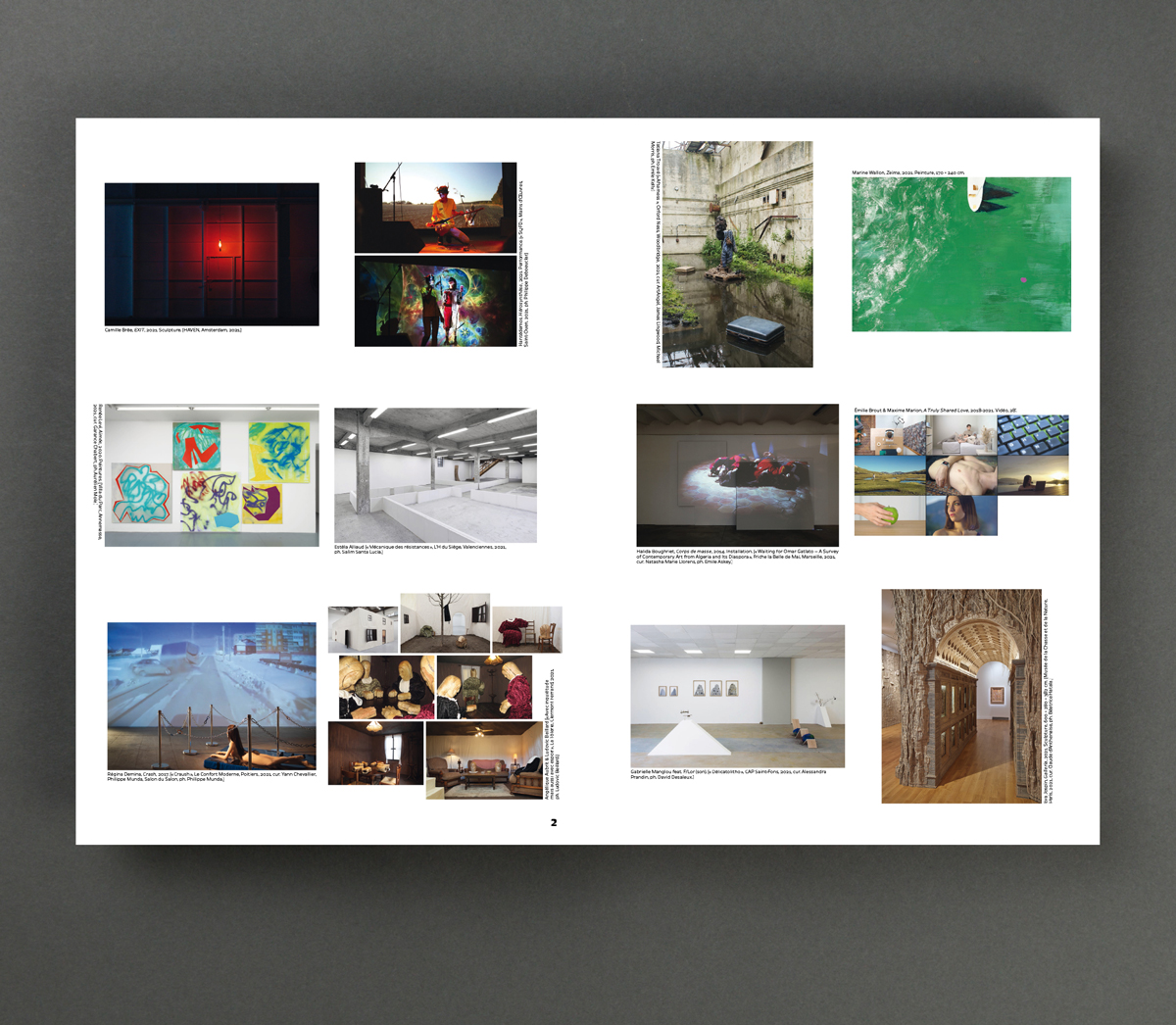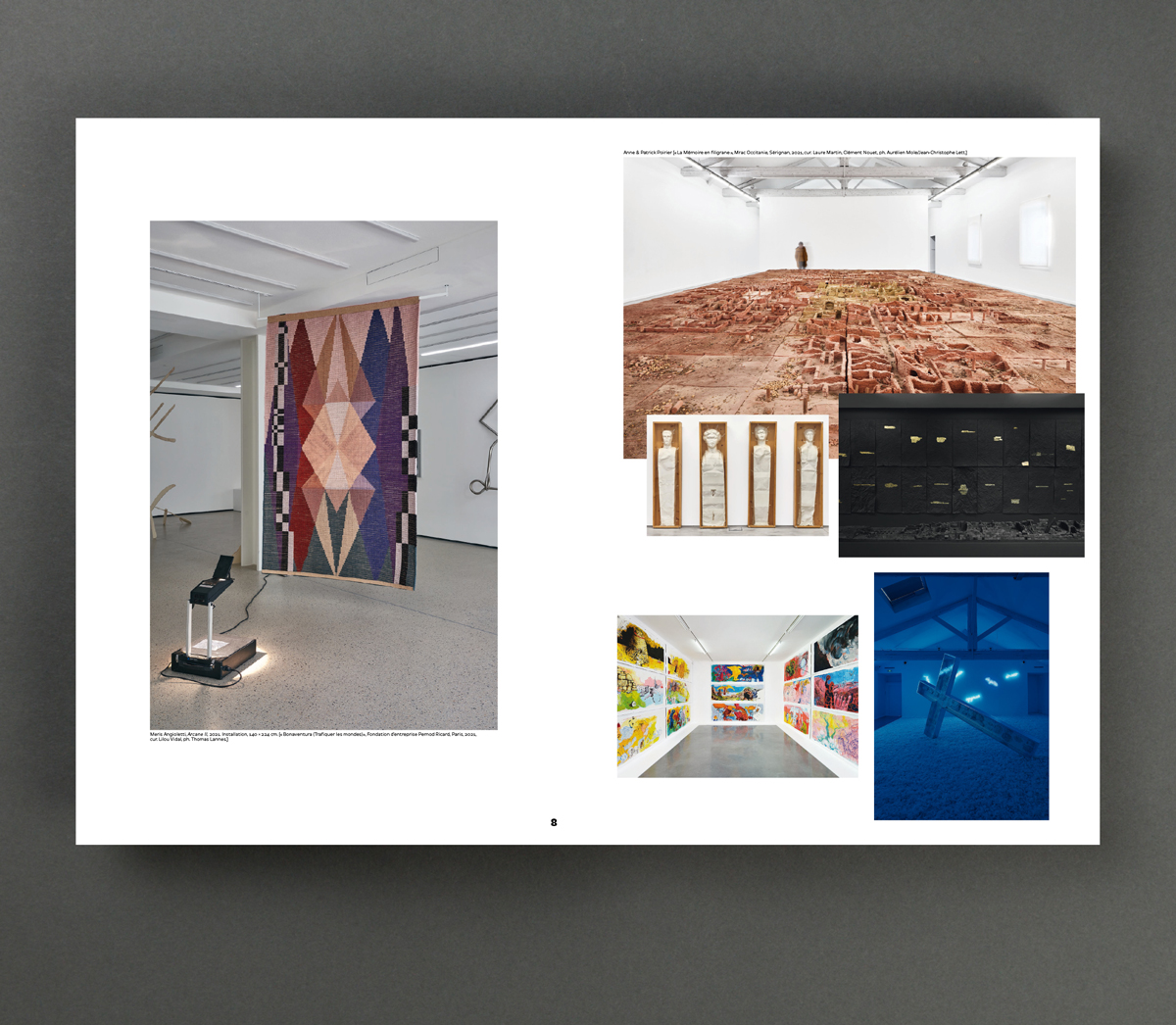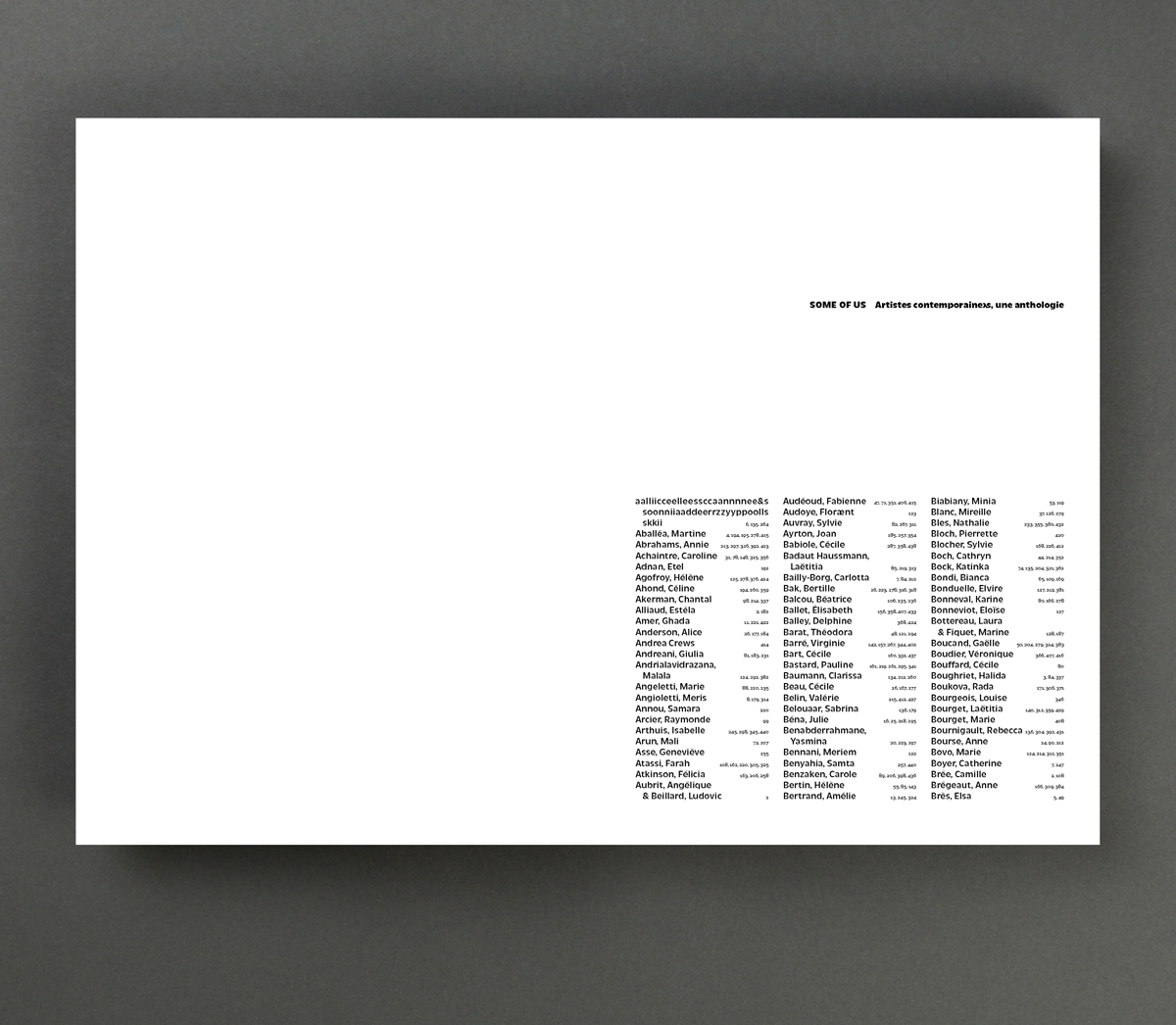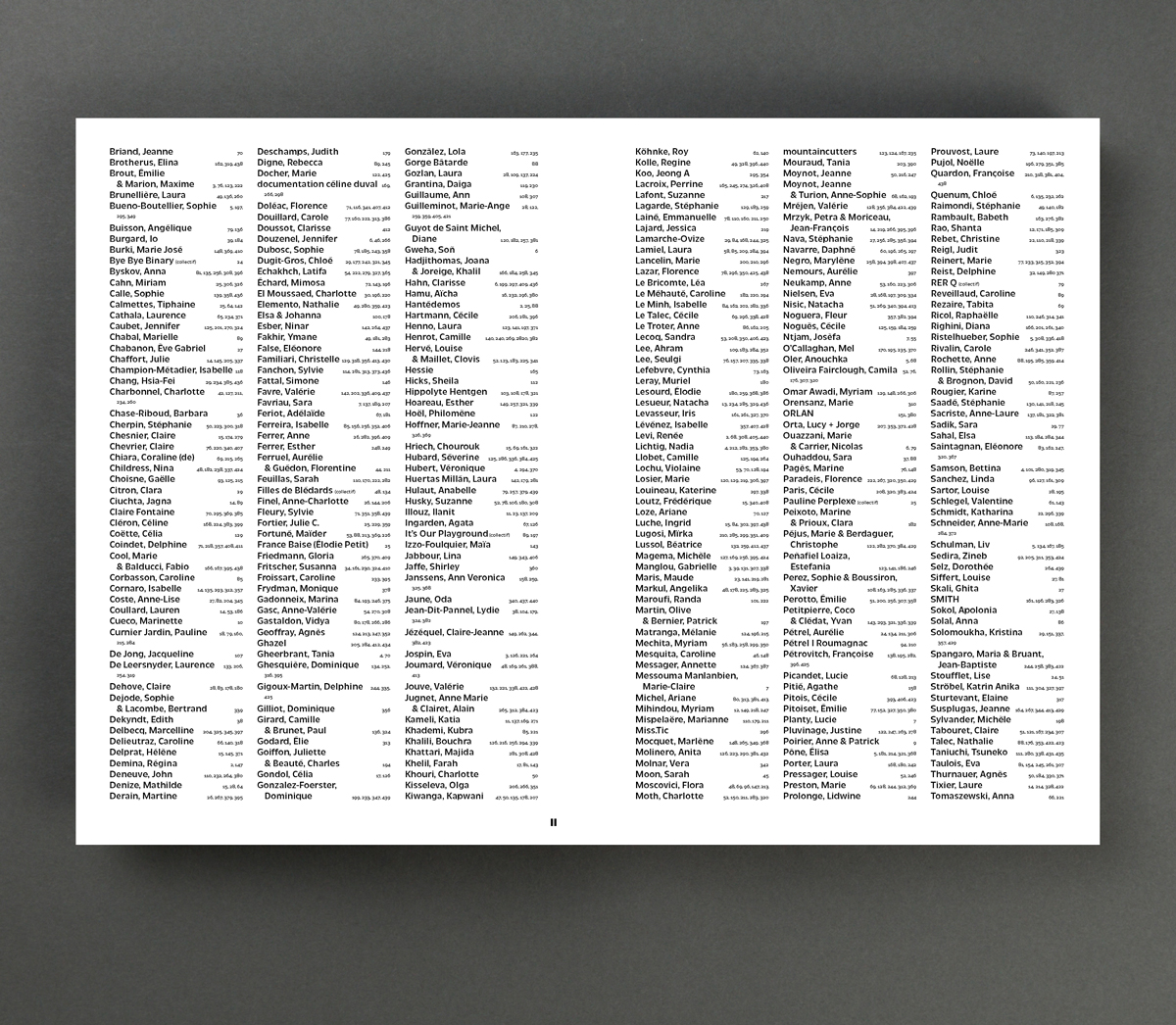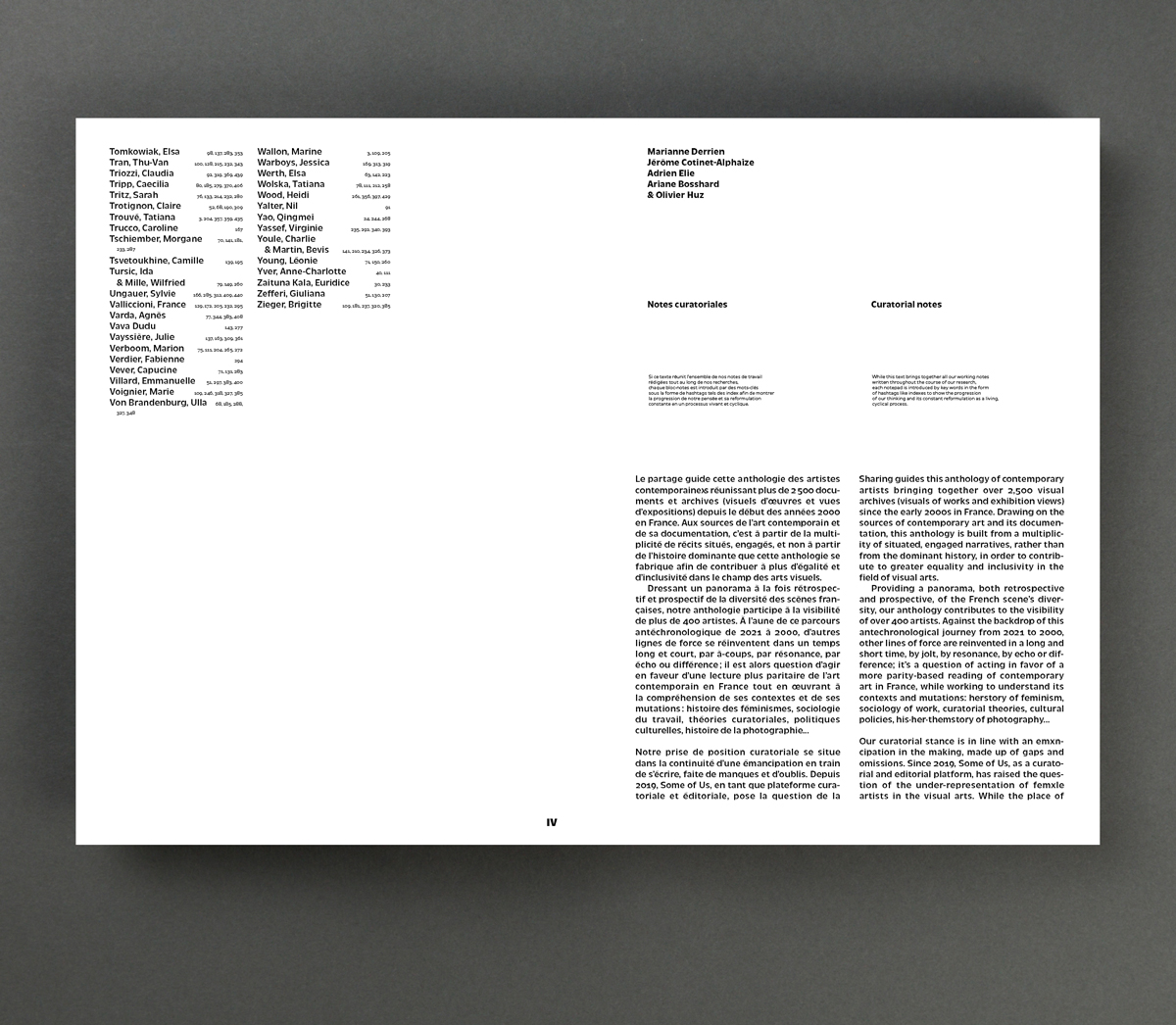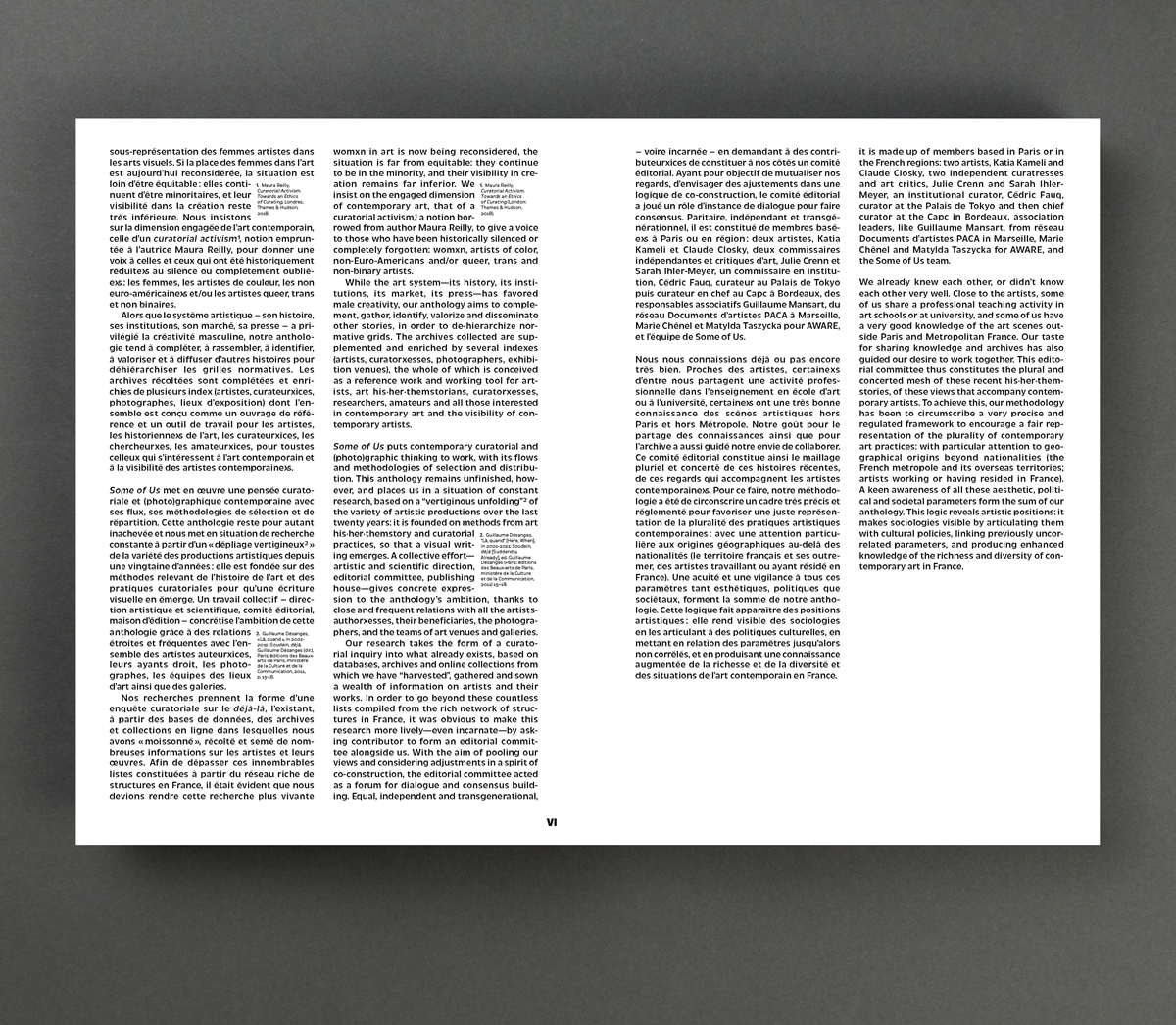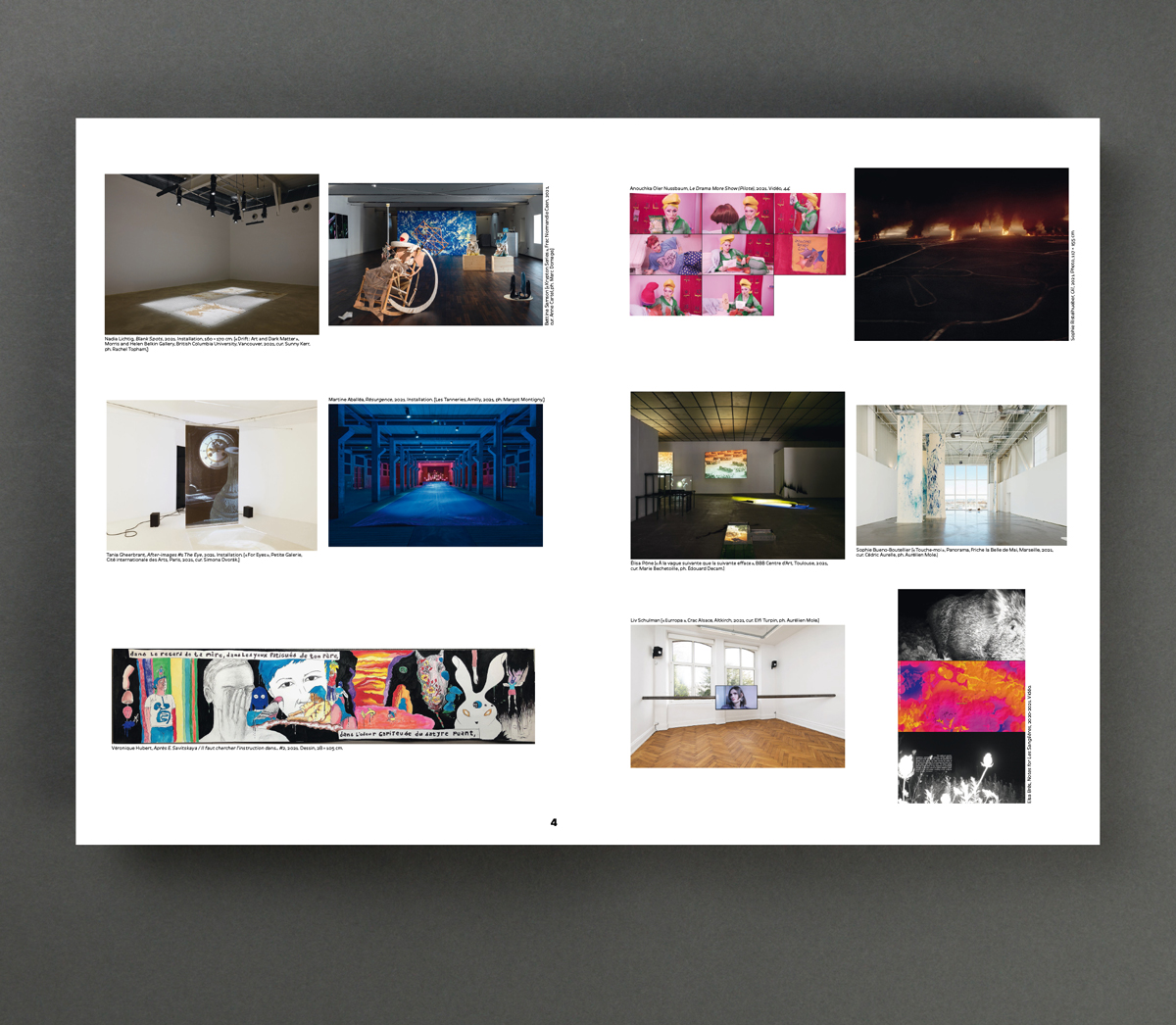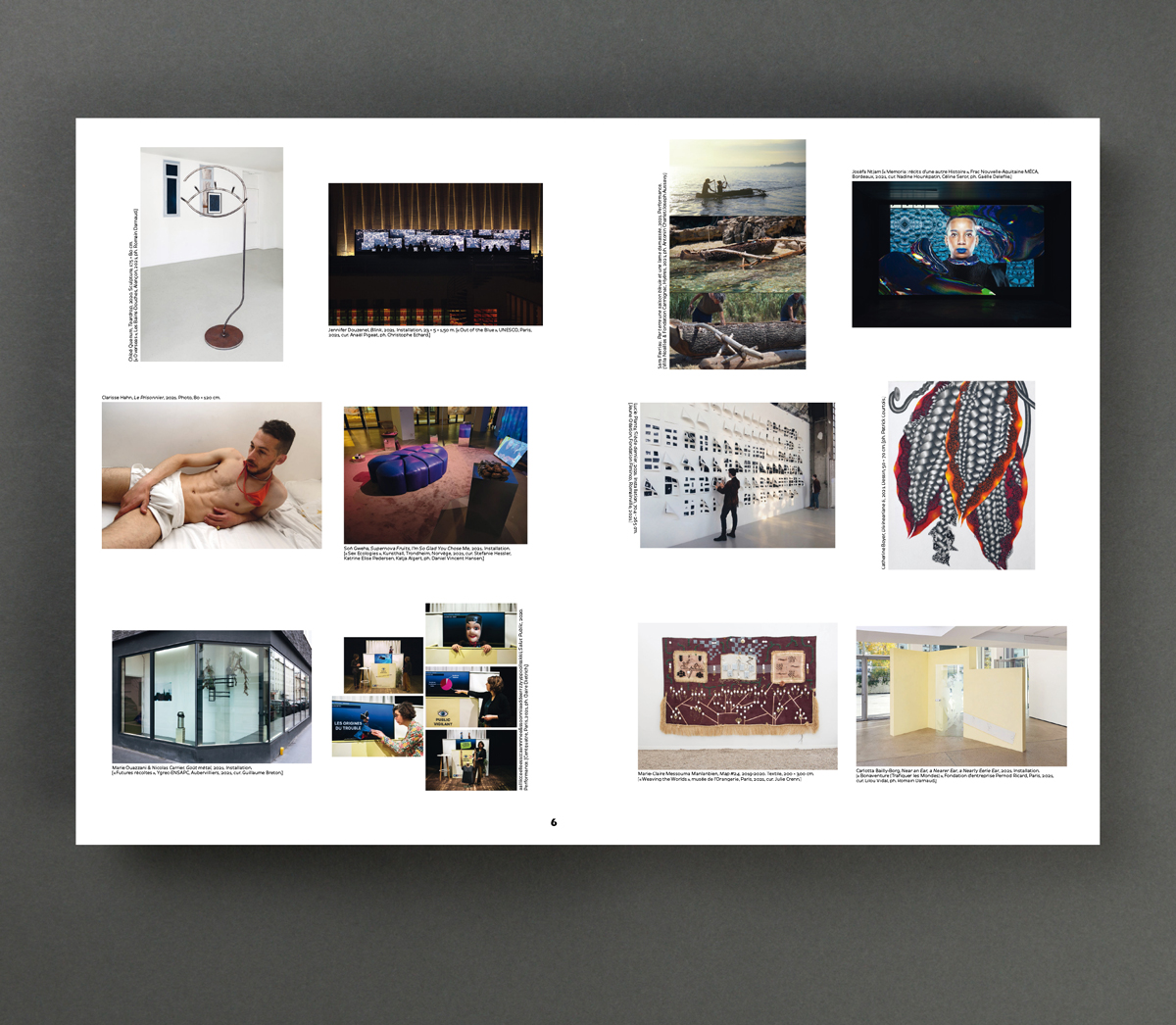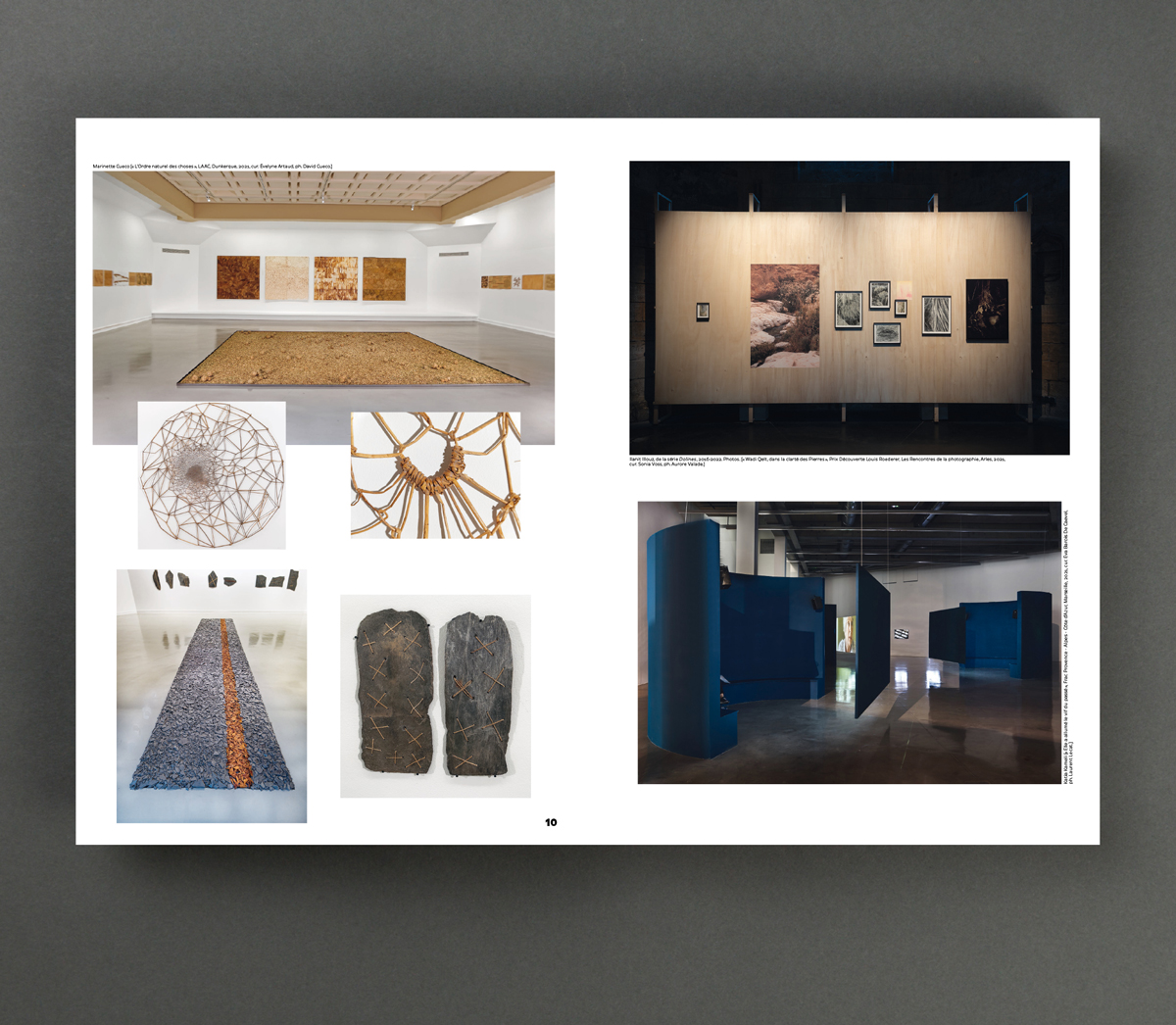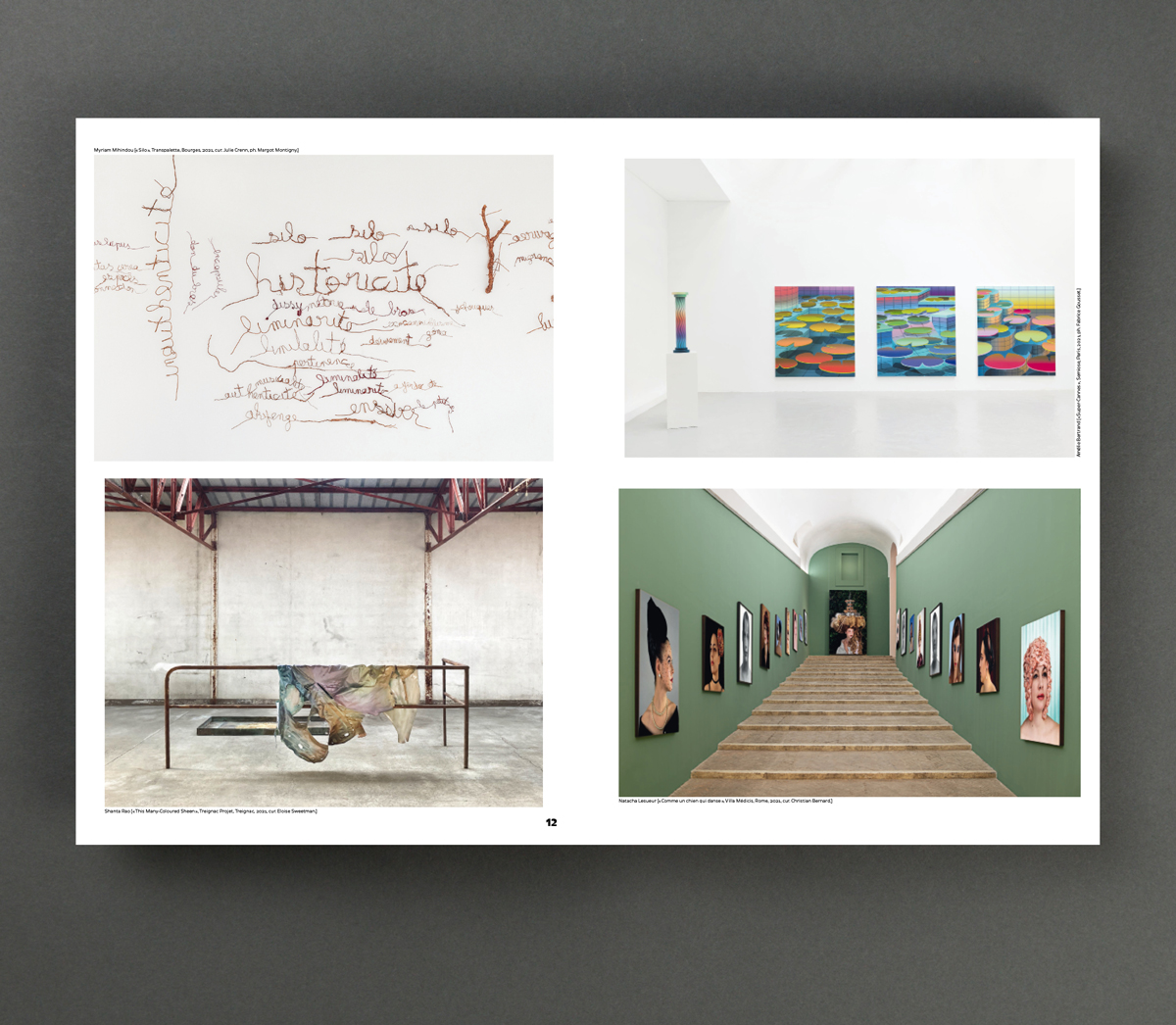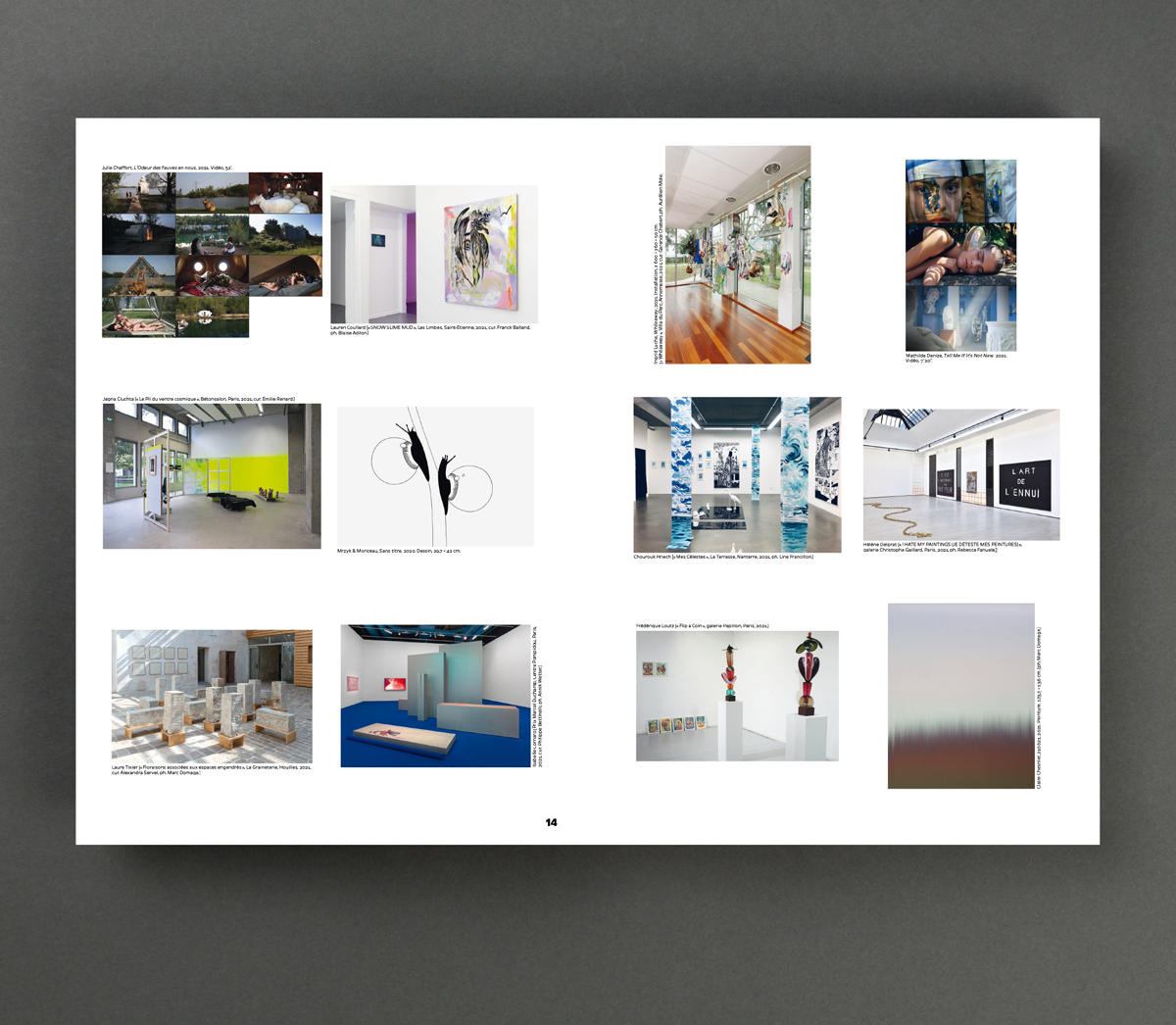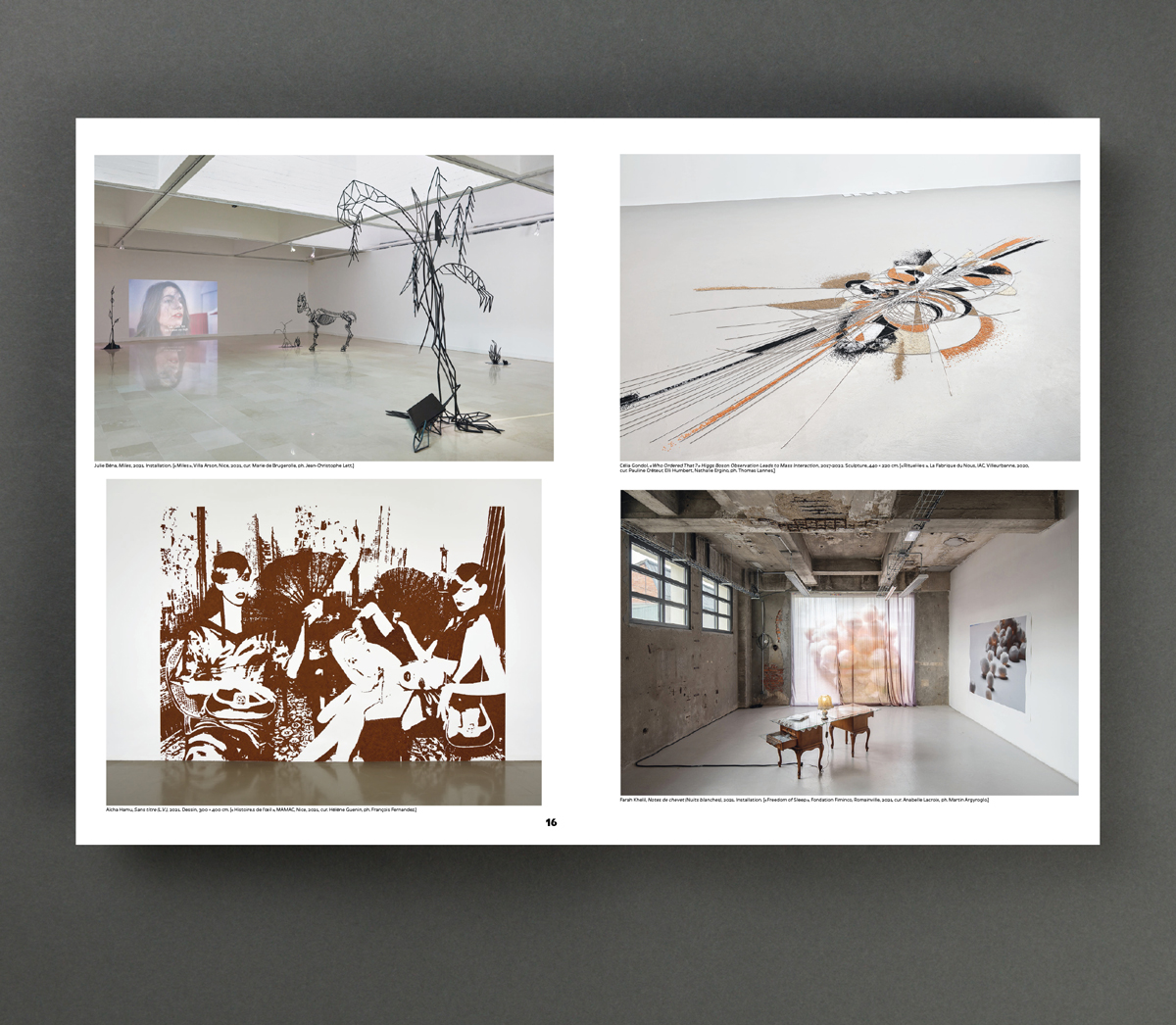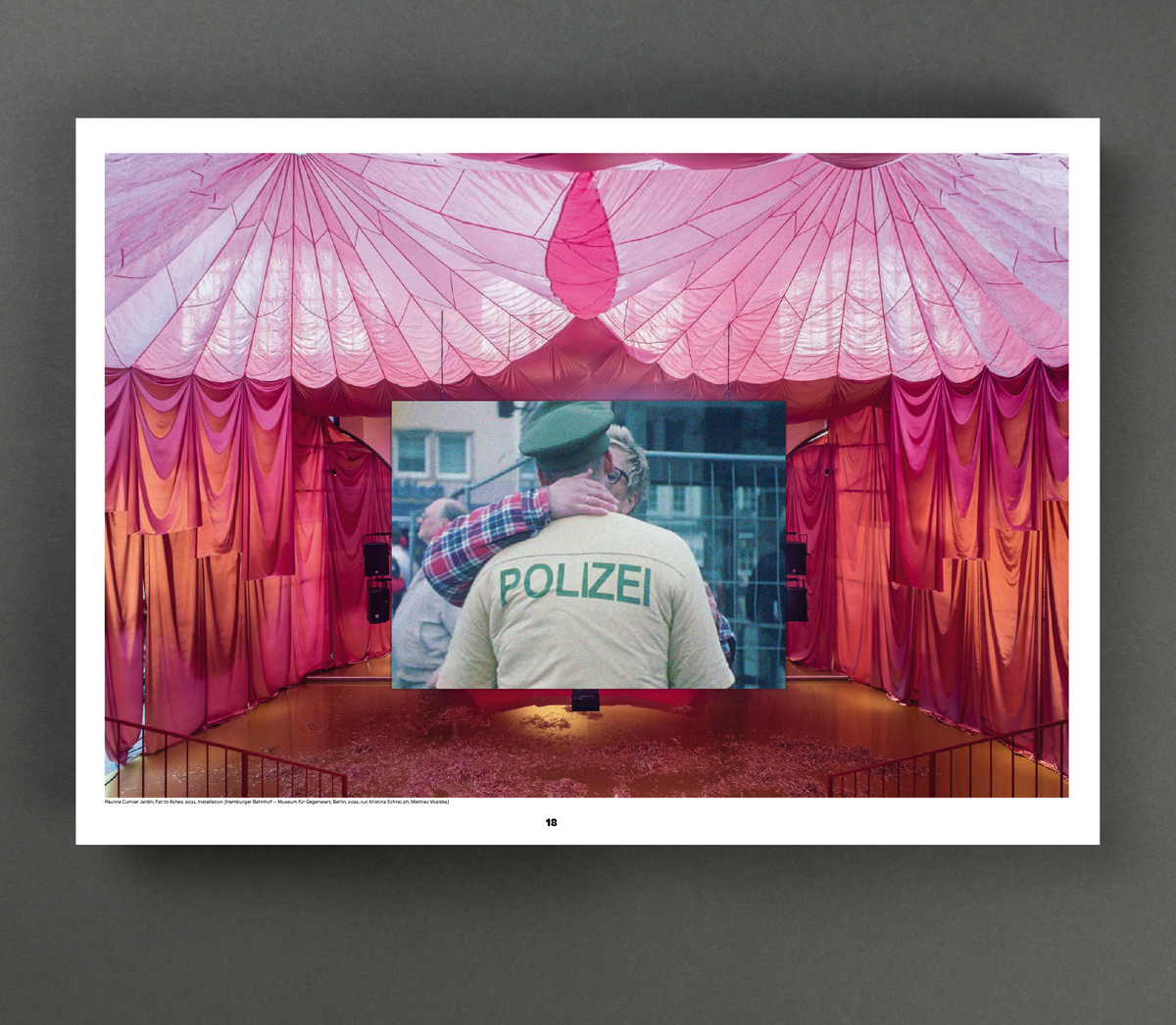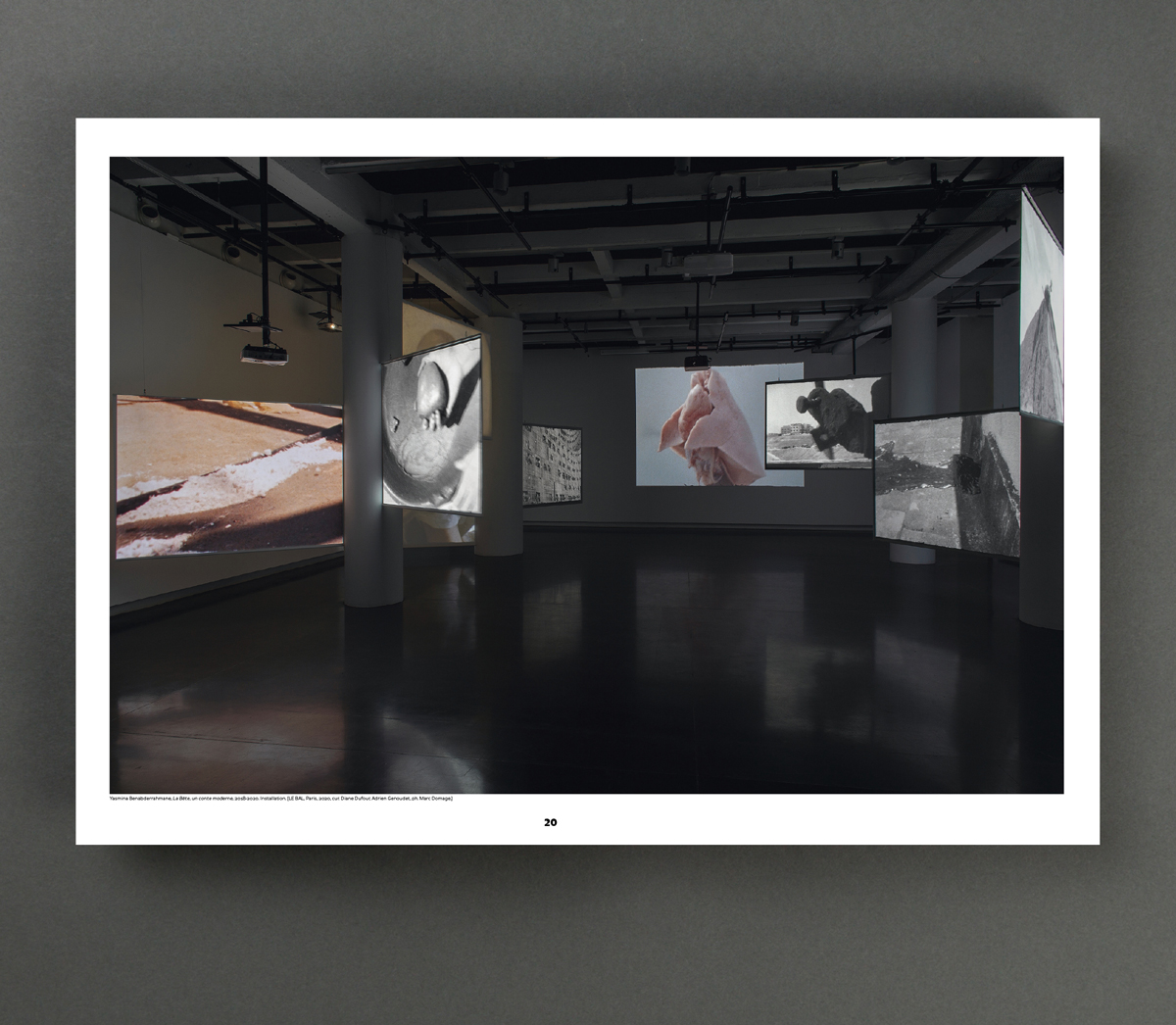Some of Us
Some of Us is an anthology of contemporary artists bringing together over 2,500 visual archives (visuals of works and exhibition views) since the early 2000s in France. Providing a panorama, both retrospective and prospective, of the French scene’s diversity, our anthology contributes to the visibility of over 400 artists.
These archives are preceded by a documented and referenced text, which traces a multiplicity of stories, those of the artistic and curatorial scenes in France as well as the artistic, theoretical, aesthetic and philosophical issues associated with them. This text puts into perspective several reference works, research and exhibitions (retrospectives, monographs or collectives) which have marked the support and visibility of contemporary artists.
***
Extract from the introduction:
“[…] Drawing on the sources of contemporary art and its documentation, this anthology is built from a multiplicity of situated, engaged narratives, rather than from the dominant history, in order to contribute to greater equality and inclusivity in the field of visual arts.
[…] We act in favor of a more parity-based reading of contemporary art in France, while working to understand its contexts and mutations: herstory of feminism, sociology of work, curatorial theories, cultural policies, his•her•themshemstory of photography…
Our curatorial stance is in line with an emxncipation in the making, made up of gaps and omissions. Since 2019, Some of Us, as a curatorial and editorial platform, has raised the question of the under-representation of femxle artists in the visual arts. While the place of womxn in art is now being reconsidered, the situation is far from equitable: they continue to be in the minority, and their visibility in creation remains far inferior. We insist on the engaged dimension of contemporary art, that of a curatorial activism, a notion borrowed from author Maura Reilly, to give a voice to those who have been historically silenced or completely forgotten: womxn, artists of color, non-Euro-Americans and/or queer, trans and non-binary artists.
While the art system—its history, its institutions, its market, its press—has favored male creativity, our anthology aims to complement, gather, identify, valorize and disseminate other stories, in order to de-hierarchize normative grids. The archives collected are supplemented and enriched by several indexes (artists, curatorxesses, photographers, exhibition venues), the whole of which is conceived as a reference work and working tool for artists, art his•her•themstorians, curatorxesses, researchers, amateurs and all those interested in contemporary art and the visibility of contemporary artists.”
